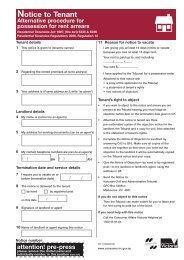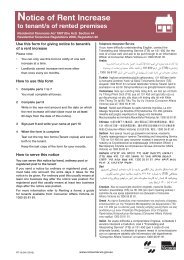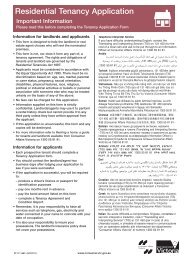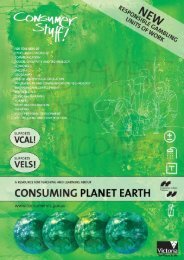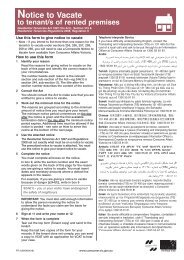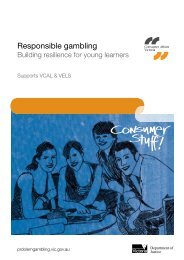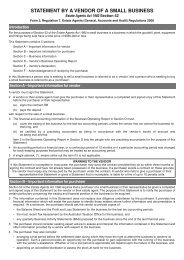Consumer Stuff for kids (PDF, 6.2 MB) - Consumer Affairs Victoria
Consumer Stuff for kids (PDF, 6.2 MB) - Consumer Affairs Victoria
Consumer Stuff for kids (PDF, 6.2 MB) - Consumer Affairs Victoria
You also want an ePaper? Increase the reach of your titles
YUMPU automatically turns print PDFs into web optimized ePapers that Google loves.
Sorting out<br />
• Locate special language found in newspaper/radio/magazine advertisements. Create a graffiti wall<br />
to illustrate the persuasive language used by advertisers, i.e.: new, improved, fat free.<br />
• Are the following statements true or false?:<br />
w Advertisers are not selling products, advertisers are selling dreams<br />
w People can buy their way to happiness<br />
w Boys are not affected by body image<br />
w Celebrity mania and celebrity obsession lead to negative body image<br />
w Good looking people are happier<br />
w People spend lots of money to look good<br />
• Watch a variety of different TV advertisements and create a mind-map to illustrate the different<br />
techniques used by these advertisers to appeal to their audience i.e.; humour, celebrity endorsement,<br />
tradition, fitness and well-being, animation.<br />
• In groups students identify features of each advertisement. For example:<br />
Needs vs Wants<br />
Effective advertisements persuade consumers to think the product is a “need” when really the<br />
product is a “want". Identify advertisements which persuade the consumer that they need<br />
the product.<br />
The Language<br />
What words are used to persuade the consumers to buy the good or service.<br />
Persuasive words might be “new, improved, cool, fresh, healthy, natural, bargain, get it now”.<br />
Key Message<br />
What is the key message the advertiser wants consumers to remember?<br />
This is often the last words which appear or are spoken in the advertisement.<br />
Sounds<br />
Describe the music or sounds you hear?<br />
What kind of mood or feeling does it create?<br />
The Actors<br />
Describe the types of people or characters used?<br />
What is their gender, age, describe their looks, race?<br />
Target Audience<br />
Look carefully at the advertisement and describe which group of people you think it is<br />
targeting? This could include either: males (tyre ads), females (shampoo), teenagers (soft drink),<br />
young children (The Wiggles), older people (house insurance) and young adults (new car).<br />
Real-life<br />
How is the advertisement similar to real-life or is it totally unrealistic?<br />
Do people really behave that way in real-life?<br />
Do your family or friends talk/look/behave/drive like that?<br />
The Facts<br />
What facts do we find out about the product? For example, in a car advertisement a fact might<br />
be “The new model is 4 wheel drive and has four air bags”. However, “it drives like nothing<br />
you have ever experienced be<strong>for</strong>e” is not a fact but is an advertising claim.<br />
CONSUMER AFFAIRS VICTORIA NEED CONSUMER HELP? 1300 55 81 81 www.consumer.vic.gov.au<br />
105



